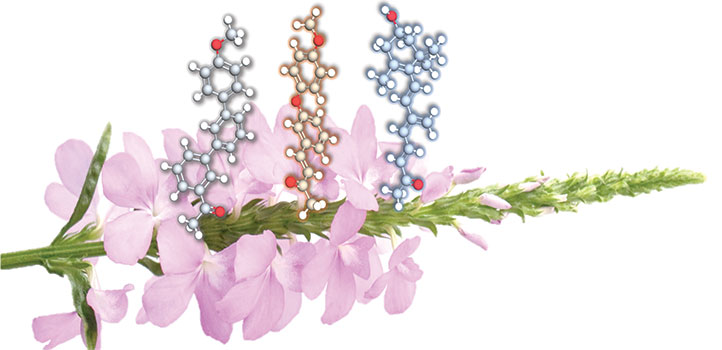
Plant Science
Copycat plant booster improves on nature
A molecular mimic designed to promote plant growth and limit witchweed infestation shows promise in initial trials.
Page 6 of 12

Plant Science
A molecular mimic designed to promote plant growth and limit witchweed infestation shows promise in initial trials.

Statistics
Prediction of wind speed and direction for up to several hours in advance improves Saudi Arabia’s wind energy potential.
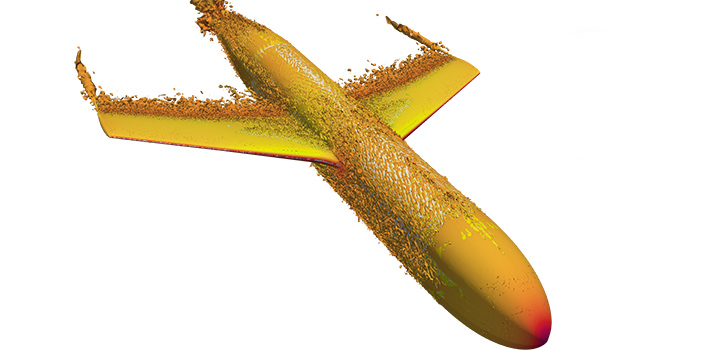
Applied Mathematics and Computational Sciences
The ability to efficiently simulate the noise generated by wings and propellers promises to accelerate the development of quieter aircraft and turbines.
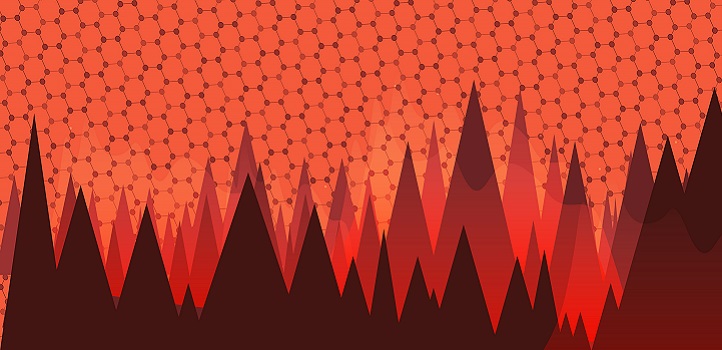
Electrical Engineering
A multisensory graphene-based skin can sense in extreme environments where other sensors cannot be used.

Material Science and Engineering
Ultrathin charge-transport layers enable low-cost solar cells to avoid premature degradation from ultraviolet light.
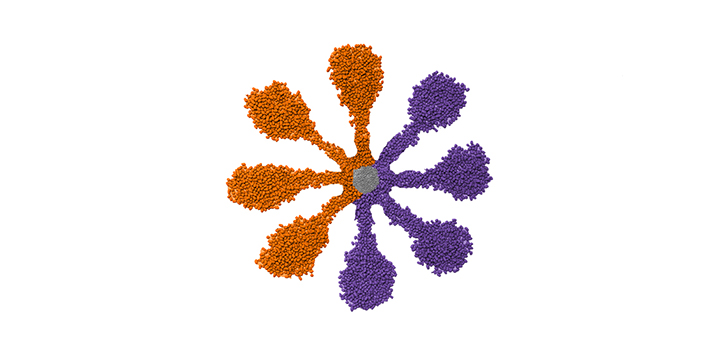
Chemistry
Unique star-shaped polymers have highly tunable properties that will open up a range of new applications.

Marine Science
Multistakeholder collaboration is key for the adoption of molecular approaches that can facilitate accurate, cheaper and faster monitoring of marine ecosystems.
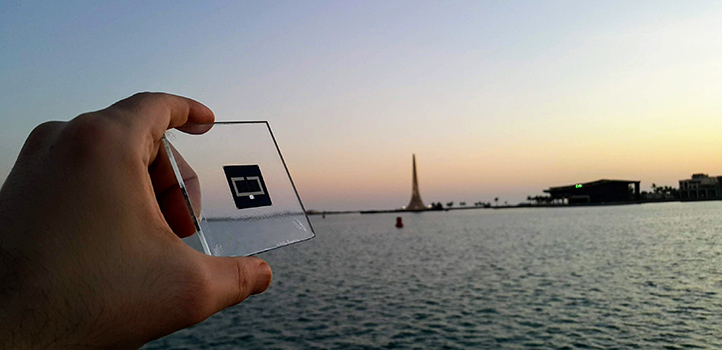
Material Science and Engineering
Researchers develop a better understanding of how novel solar cells developed in the lab will operate under real conditions.
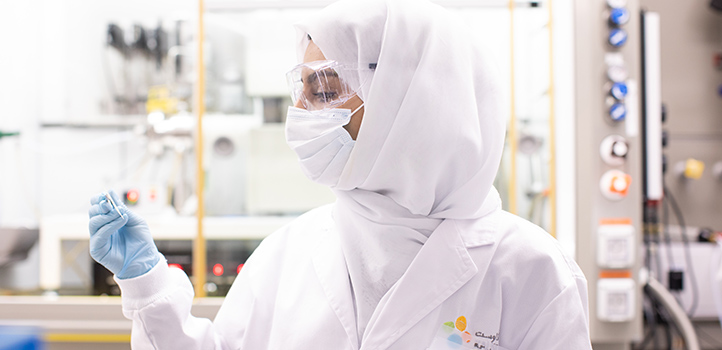
Material Science and Engineering
Imaging artifacts discovered in high-resolution electron microscopes may impact development of next-generation electronic devices.
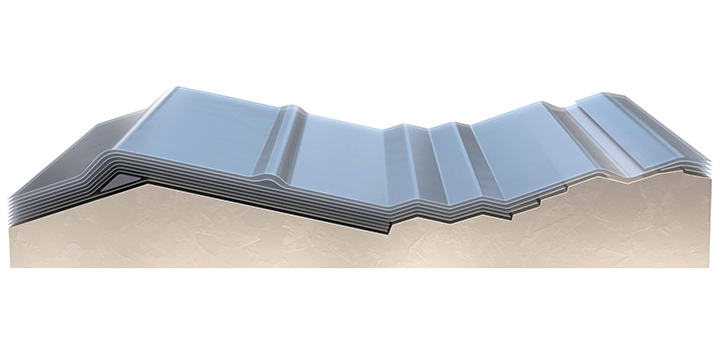
Material Science and Engineering
Multilayered carbon material could be the perfect fit for heat management in electronic devices.
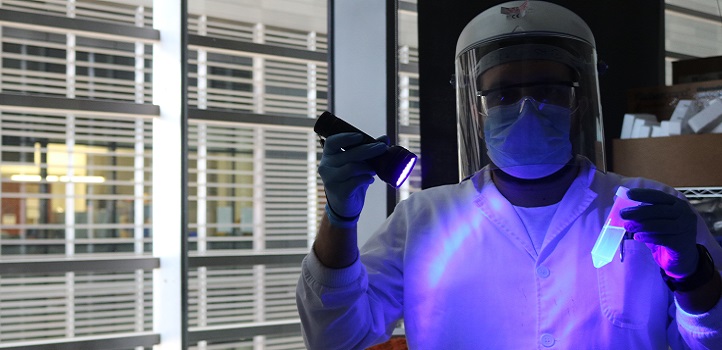
Bioscience
A method that lights up tags attached to selected proteins can help to purify the proteins from a mixed protein pool.
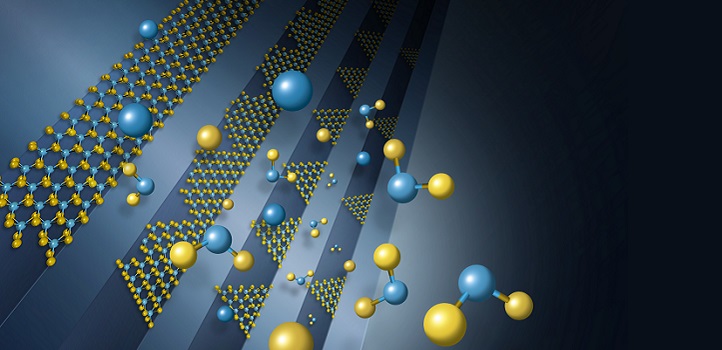
Material Science and Engineering
Surfaces featuring atomic-scale ledges and steps can act as reusable templates for producing nanoelectronic components.
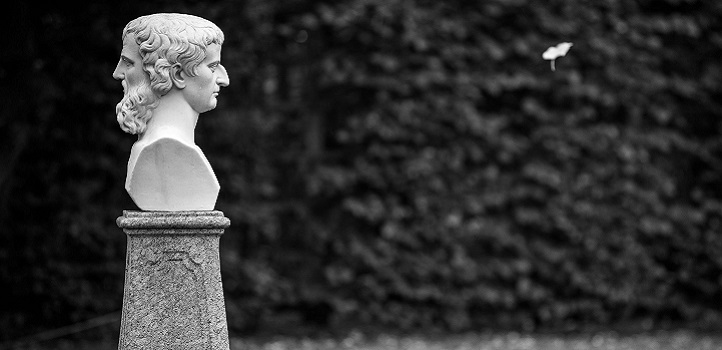
Applied Physics
Combining distinctive properties of two-dimensional materials inspires research to reveal a new frontrunner.
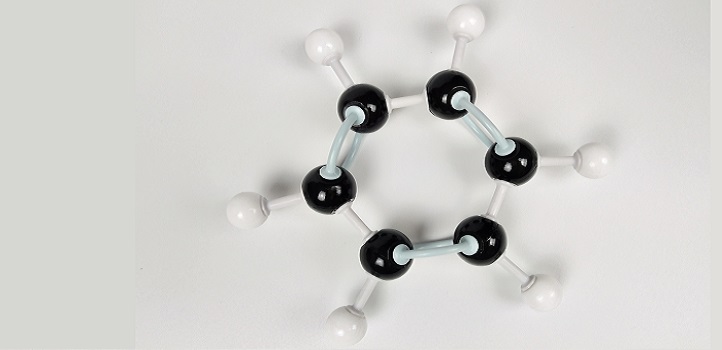
Chemical Engineering
Looking closely at the chemical process that transforms methane into useful products could help unveil more efficient ways to use natural gas.

Electrical Engineering
Identifying the ideal co-catalyst can significantly extend the working lifetime of solar fuel–generating photocatalysts.
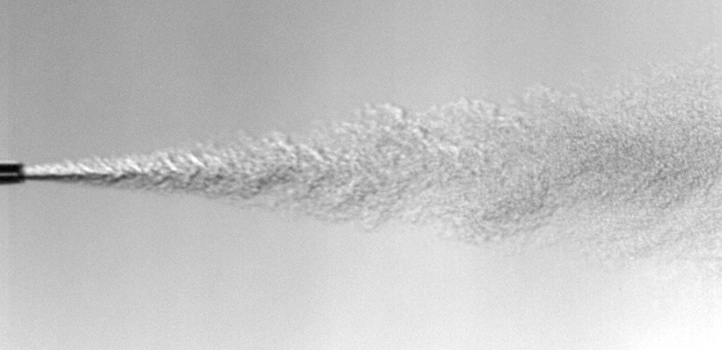
Mechanical Engineering
Improved imaging of liquid jet sprays can impact fields ranging from inkjet printing to oil and gas processing.
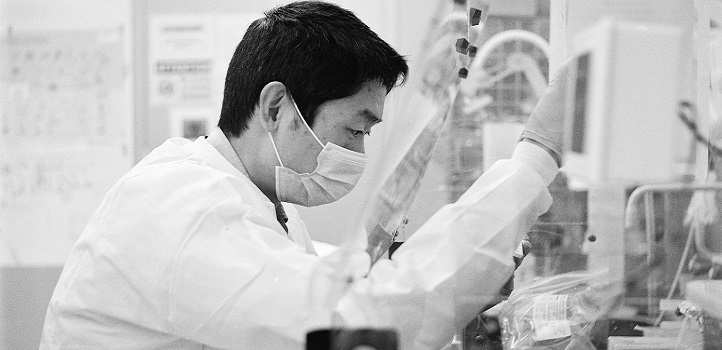
Bioscience
A sequencing approach can home in on a rare mutation within a large number of cells, revealing implications for CRISPR genome editing and early cancer detection.
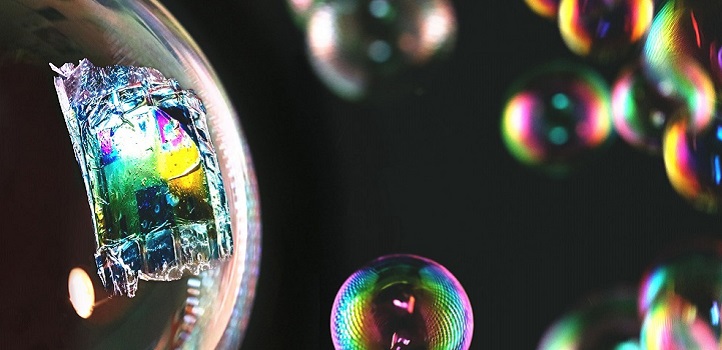
Material Science and Engineering
Efficient yet exceptionally light organic solar cells created entirely by inkjet printing.
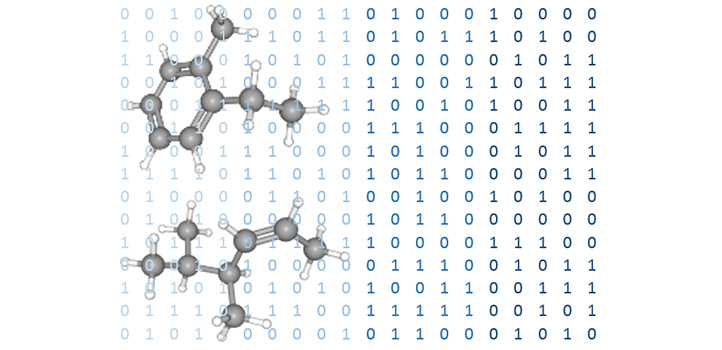
Chemical Engineering
Machine learning models can rapidly and accurately estimate key chemical parameters related to molecular reactivity.

Environmental Science and Engineering
Light-responsive building blocks provide organic membranes with light-controlled permeability and selectivity.

Marine Science
A safer technique reveals that corals take up seawater pollutants both directly and indirectly.
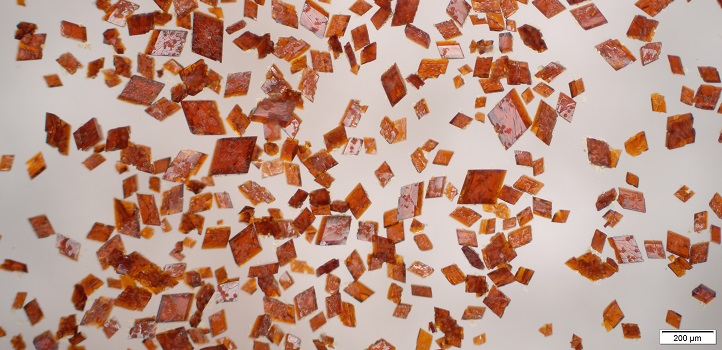
Material Science and Engineering
Atomically precise nanocluster may provide fresh direction for nanocatalysts.
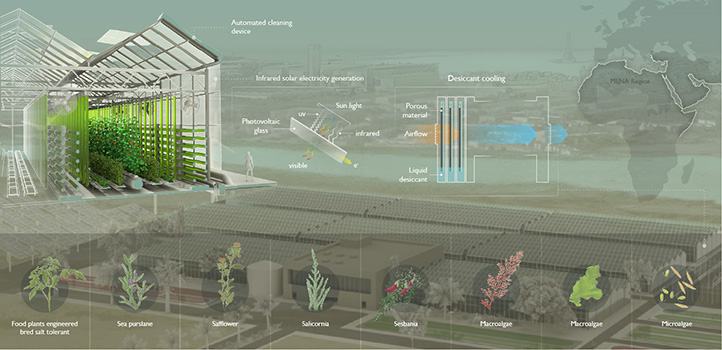
Plant Science
Efficient greenhouse complexes that will grow crops using the resources available on desert coasts could improve food security for millions.
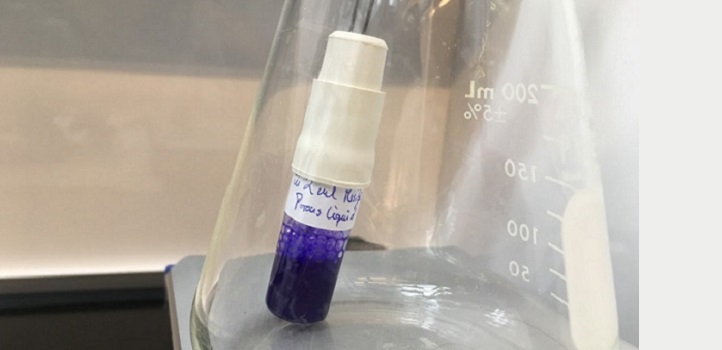
Chemical Engineering
Modified metal-organic frameworks that can behave as porous liquids offer new possibilities for gas separation technologies.
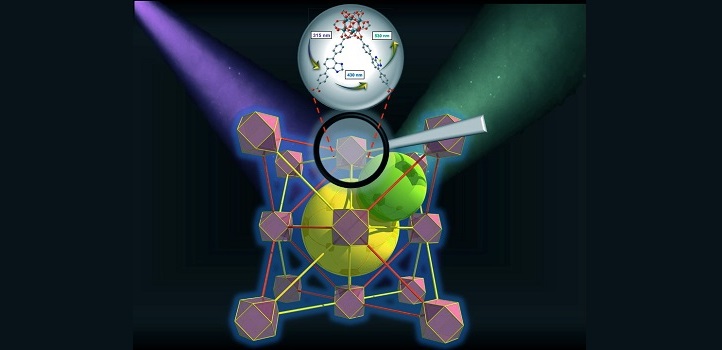
Chemistry
An energy transfer process that mimics photosynthesis could help to extract more power from sunlight.

Mechanical Engineering
Plasma technology could help the petrochemical industry transition to an electrified, decarbonized future.

Bioscience
A likeness between genes of the SARS and COVID-19 viruses could inform research into potential treatments.
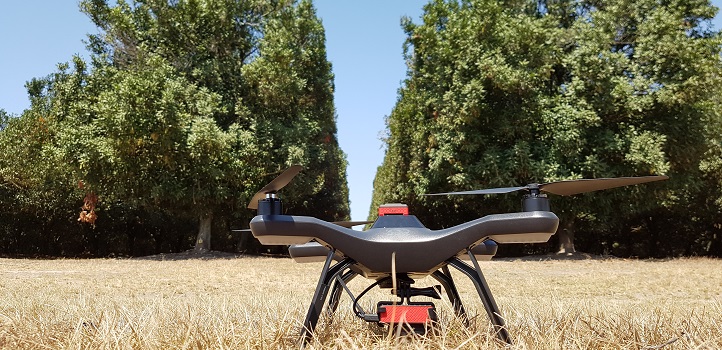
Environmental Science and Engineering
Models based on images from unmanned aerial vehicles and satellites can help farmers to monitor the health of individual trees.
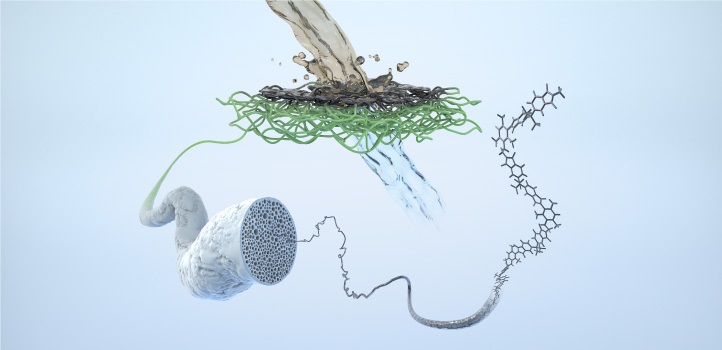
Environmental Science and Engineering
High-capacity oil-adsorbing mats could be deployed in oil spill emergencies to limit ecological damage.

Statistics
High-resolution analysis of wind speed across Saudi Arabia can help fast track the expansion of the Kingdom’s emerging world-class wind energy industry.
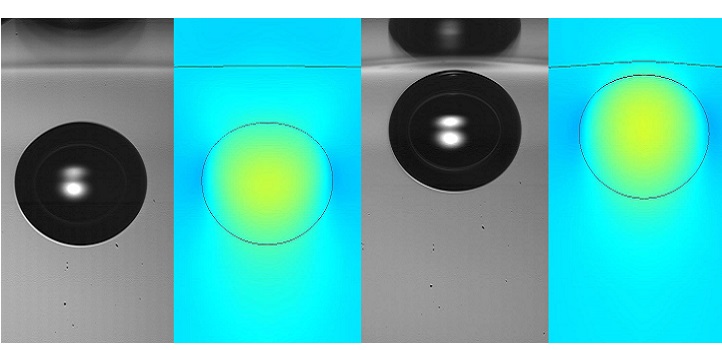
Mechanical Engineering
Collisions of tiny air bubbles with water surfaces can reveal fundamental characteristics of foamy mixtures.

Earth Science and Engineering
A high-resolution atmospheric assessment for the northern Red Sea coast in Saudi Arabia shows the region has some of the best air quality in the Kingdom.

Material Science and Engineering
The successful partnering of perovskite and silicon solar cells leads to solar cells with higher efficiencies that can also be mass produced.
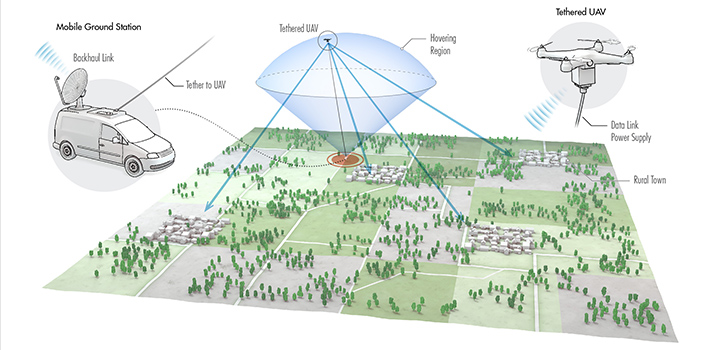
Electrical Engineering
Wire-connected drones may complement or replace the fixed-base stations of cellular communications networks.
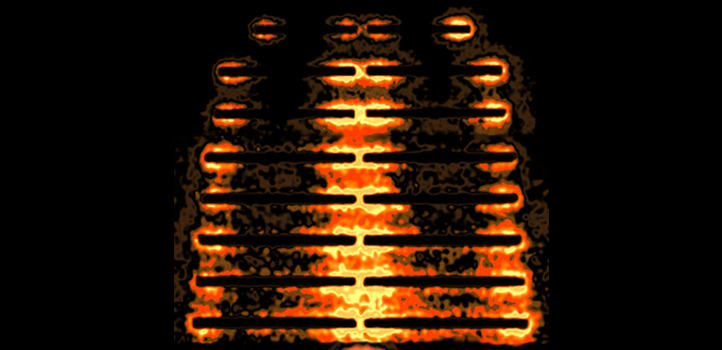
Material Science and Engineering
Scientists working in KAUST’s Core Lab facilities are continuing to push the boundaries of what the university’s major instruments can do.
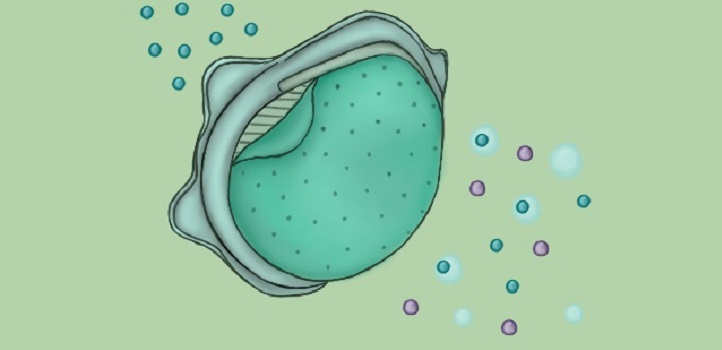
Electrical Engineering
A polyimide membrane with regularly sized and spaced pores turns the N95 respirator into a reusable mask for protection against COVID-19.
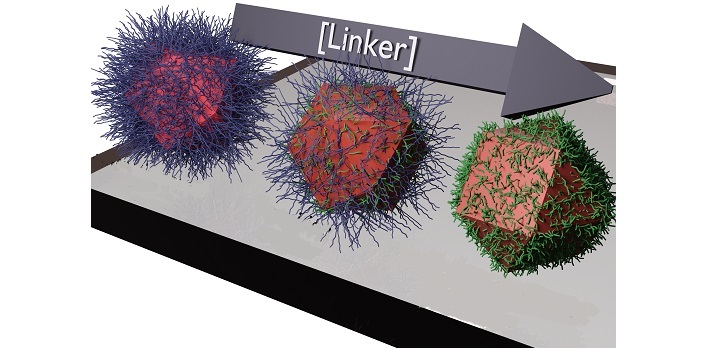
Material Science and Engineering
Understanding the optimal process for fabricating coupled nanocrystal solids could help researchers to improve optoelectronics devices.
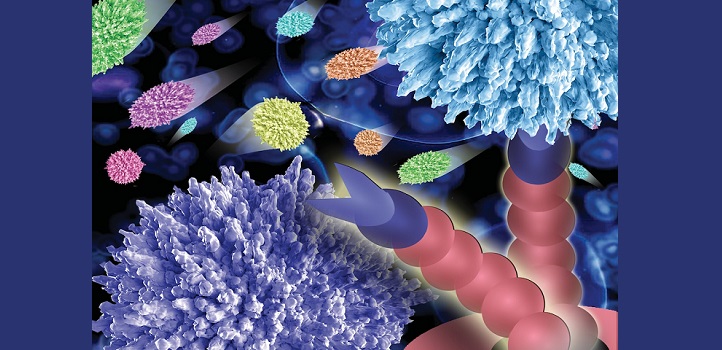
Bioscience
An assay for imaging the physical interactions between multiple cell populations could help cancer research and treatment assessment.

Electrical Engineering
Novel red LEDs are more temperature stable than those made using the conventional semiconductor of choice.
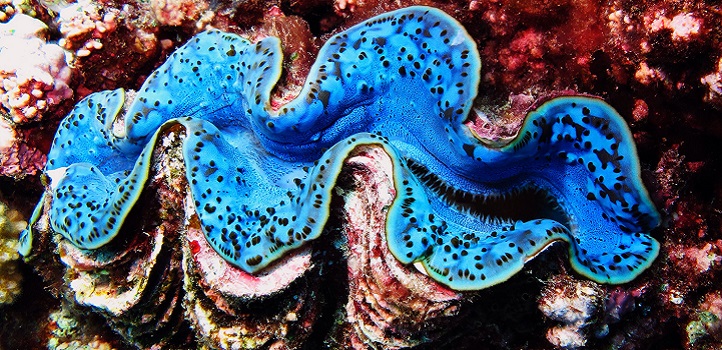
Marine Science
Giant clams manipulate light to assist their symbiotic partner.
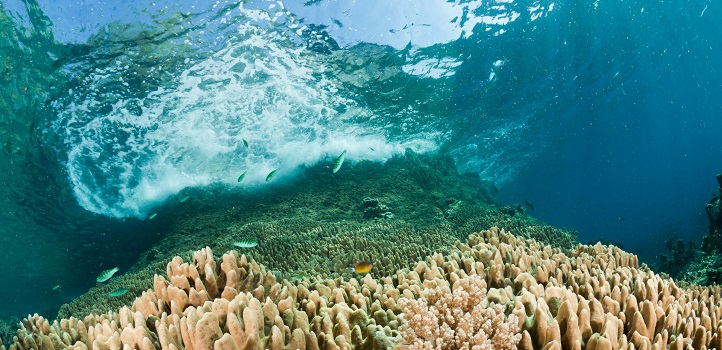
Earth Science and Engineering
Modeling shows that coral reefs off the east coast of Saudi Arabia play a vital role in protecting the coastal zone.
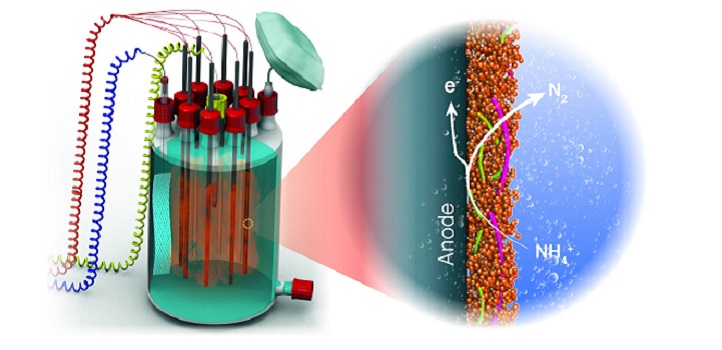
Environmental Science and Engineering
More energy-efficient wastewater treatment may be possible by harnessing anammox bacteria’s surprising ability to "breathe" solid-state matter.
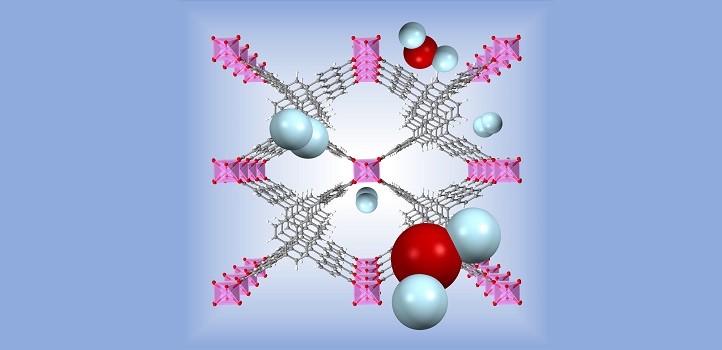
Chemical Engineering
Highly modular metal-organic framework-based materials show great potential for photocatalytic hydrogen production.

Earth Science and Engineering
Extra caution is required in developing climate forecasts of enclosed seas.

Chemistry
A facile and mild bromine treatment eliminates surface and bulk defects from perovskites to boost the materials’ optoelectronic properties.
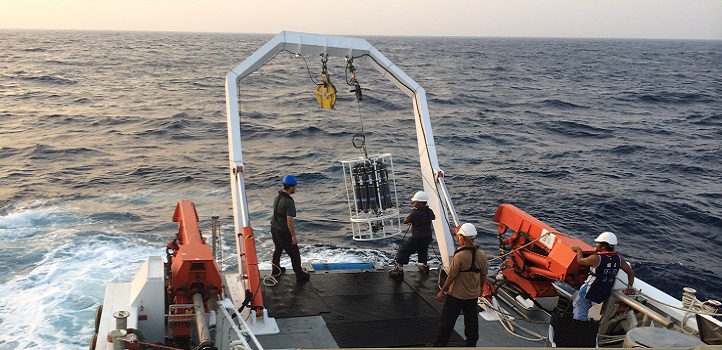
Marine Science
Studies of plankton communities in Red Sea waters provide insights into seasonal variations and dominant control mechanisms.
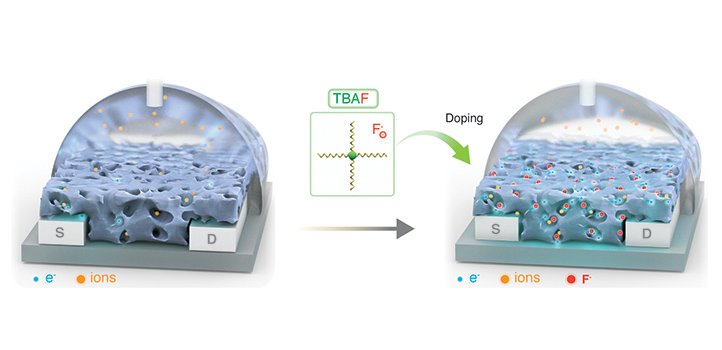
Bioengineering
A water-stable dopant enhances and stabilizes the performance of electron-transporting organic electrochemical transistors.

Electrical Engineering
An old branch of mathematics finds a fertile new field of application.
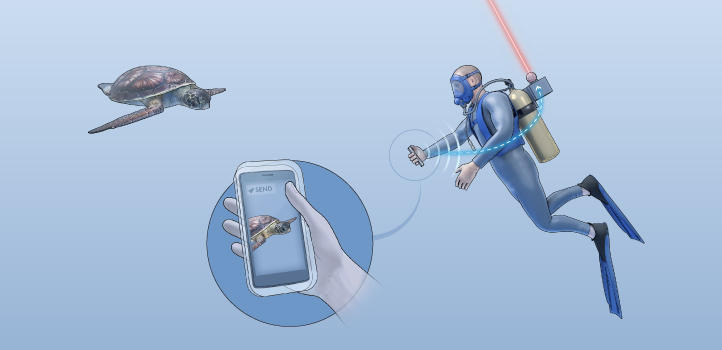
Computer Science
Scuba divers could send sea life shots in real time using an aquatic internet service.
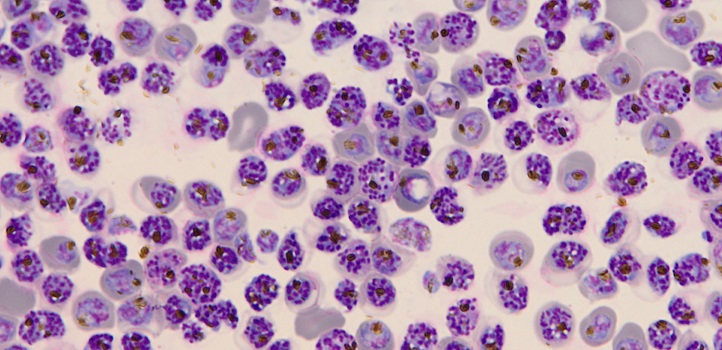
Bioscience
Discovery of a malaria parasite’s internal clock could lead to new treatment strategies
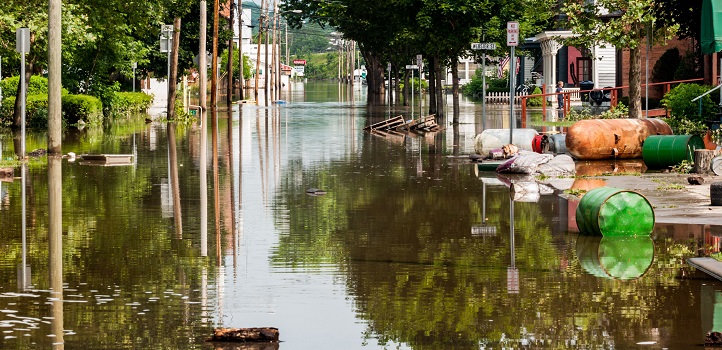
Statistics
Extreme weather patterns and regions at risk of flooding could be easier to spot using a new statistical model for large spatial datasets.
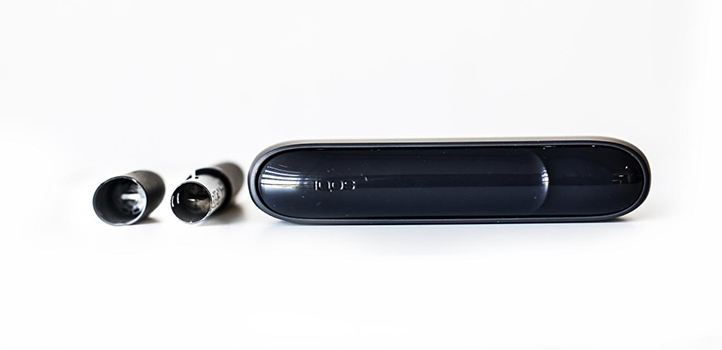
Chemical Engineering
A more sensitive technique shows a cigarette alternative seems to emit more chemicals than manufacturer testing had found.

Earth Science and Engineering
Understanding how storms unleash more rain over cities in the desert could improve water security in Saudi Arabia.
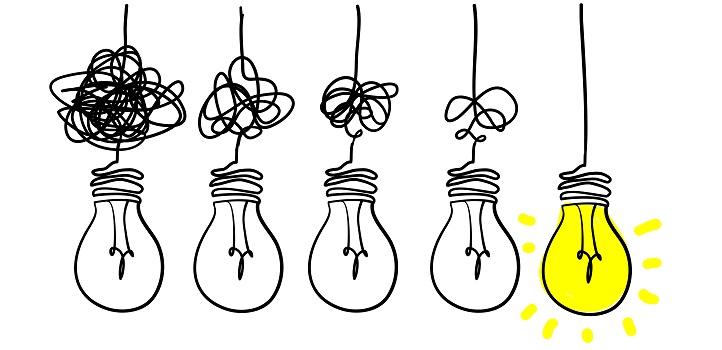
Computer Science
By training a search agent to make smarter exploratory decisions, relational data can be classified more accurately and efficiently.
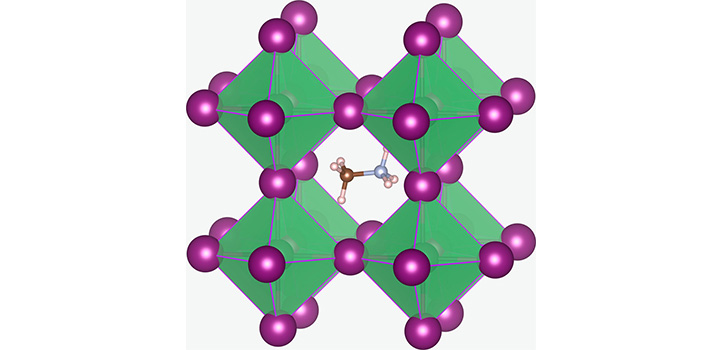
Material Science and Engineering
Solar cells based on single-crystal perovskite films hit a new efficiency record of 21.9 percent.

Mechanical Engineering
Predictions reveal how pressure and temperature fluctuations in engine cylinders can suppress damaging fuel combustion events.

Electrical Engineering
Customizable magnetic iron nanowires pinpoint and track the movements of target cells.
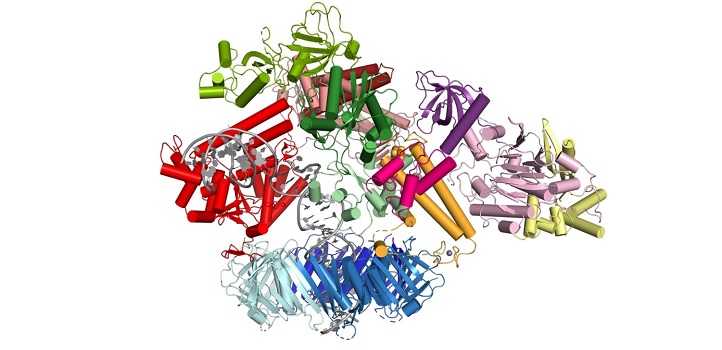
Bioscience
Structural details of an enzyme complex shed light on DNA replication.

Environmental Science and Engineering
A study of marine Halobates species highlights how their waterproofing techniques, size and acceleration capability helped them colonize the ocean.
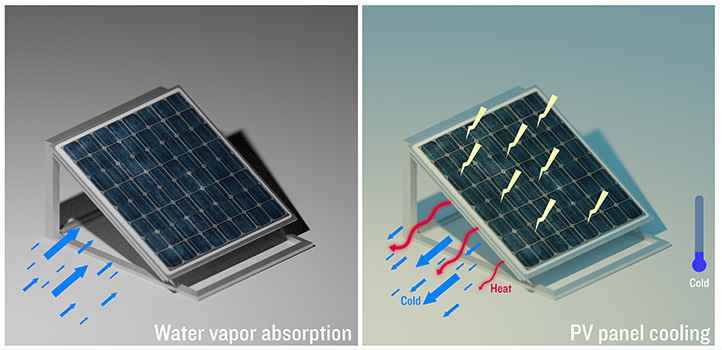
Environmental Science and Engineering
Polymers that absorb water from the atmosphere can make it easier to run photovoltaic devices in hot climates.
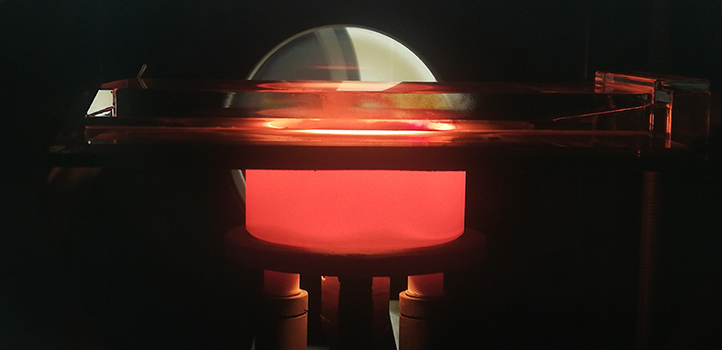
Electrical Engineering
First high-intensity, low-voltage red LEDs made from nitride semiconductors.
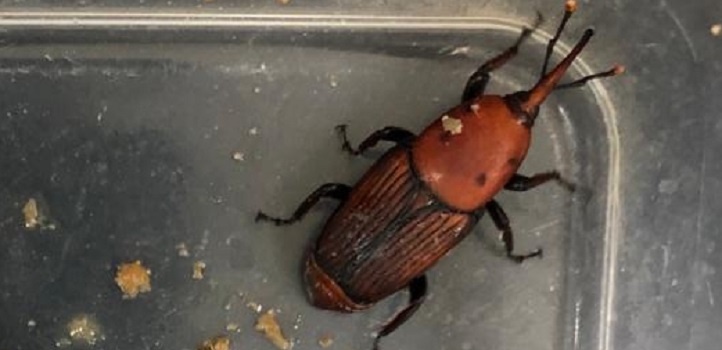
Electrical Engineering
Optical fibers wrapped around date palm trunks could help detect this tree’s most destructive pest early enough to save it.
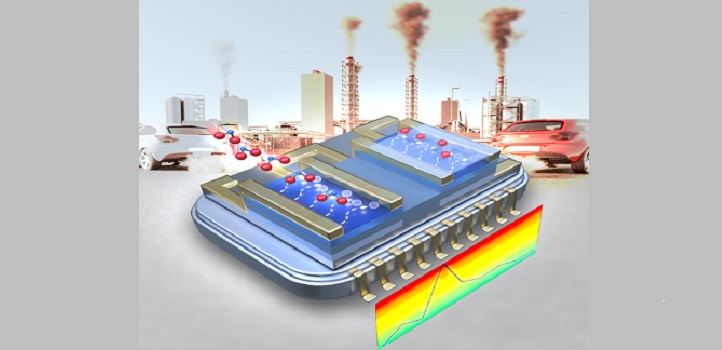
Electrical Engineering
An integrated detector device could form the basis of a distributed air-quality sensor network.

Material Science and Engineering
Device controlled solely by voltage paves the way for spintronics with ultralow power consumption.
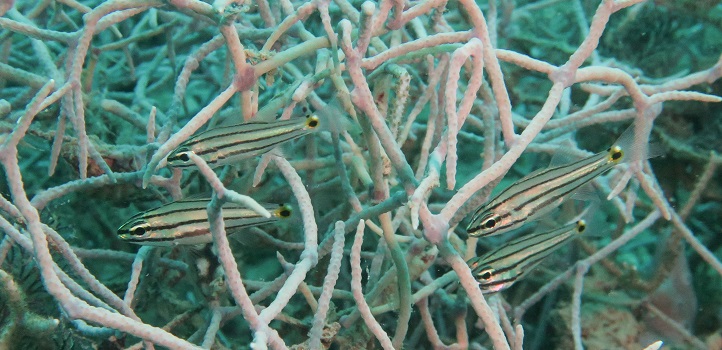
Marine Science
Reef fish species uniquely respond to climate change, with some more vulnerable than others.

Statistics
Transforming spatial statistics to capture the skewness and tail of the statistical distribution gives a clearer picture of weather and climate data.

Computer Science
A layer-based approach raises the efficiency of training artificial intelligence models.
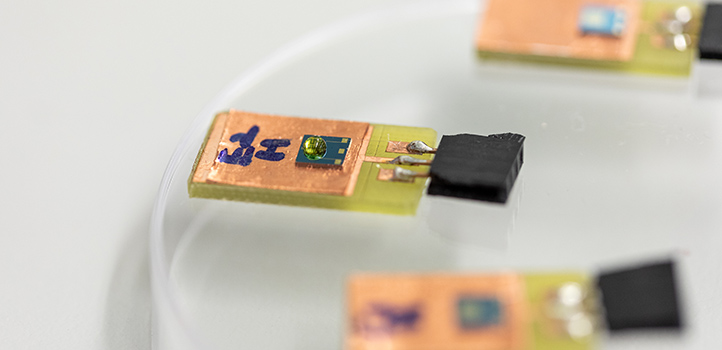
Electrical Engineering
Nanomaterial-based electronic device monitors a key heart health biomarker.
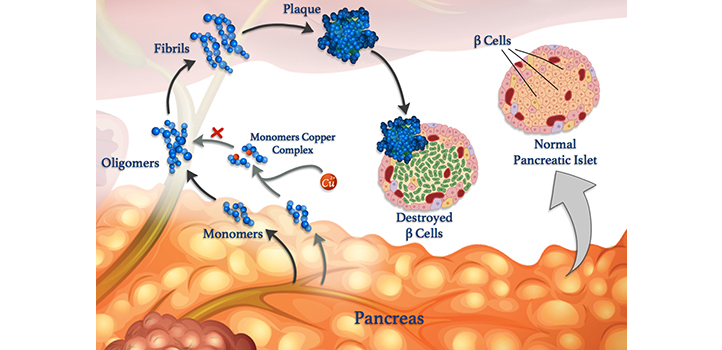
Bioscience
Copper ions could play a key role when peptide folding goes wrong and leads to harmful aggregates.

Bioengineering
A protein hijacked from a bacterial pathogen helps to facilitate more precise genome editing in plants.

Mechanical Engineering
Advanced modes of combustion that are controlled by plasma discharges could become key components of the circular carbon economy.
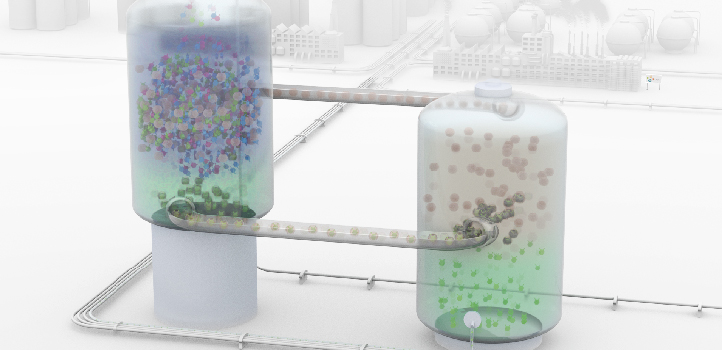
Chemistry
A molecule with a hollow center proves ideal for separating a common industrial chemical mixture.

Bioscience
The conversion of skin cells into brain cells relies on proper insertion of L1 elements.

Marine Science
A framework that helps marine scientists select localized carbon dioxide levels for experiments aims to improve robustness in global warming studies.
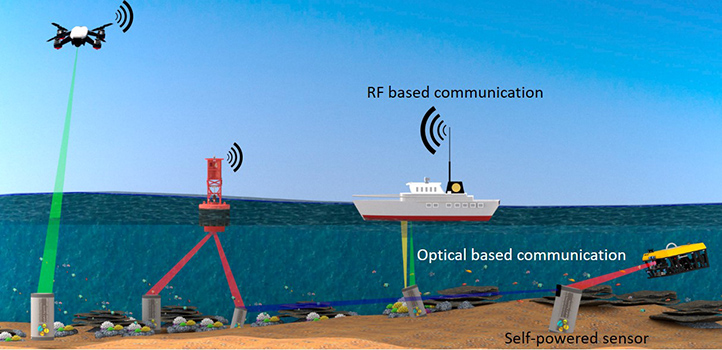
Electrical Engineering
Light can simultaneously transfer energy and data to underwater devices, but there’s a long way to go before these systems can be deployed.
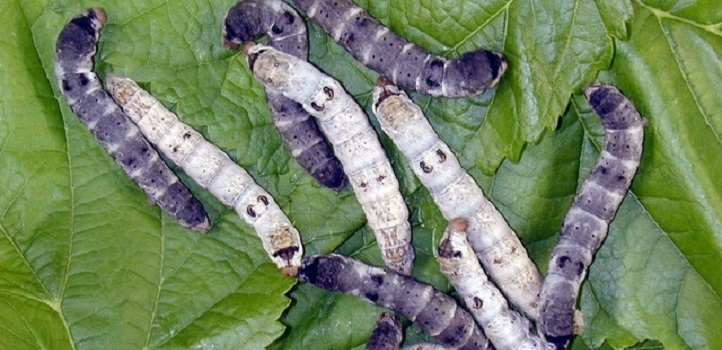
Bioscience
E-selectin is grown in silkworms for the first time, revealing new aspects of its binding dynamics.

Plant Science
A Cas protein that cleaves viral RNA has been harnessed in a CRISPR/Cas system to destroy prolific viral infections in crop plants.
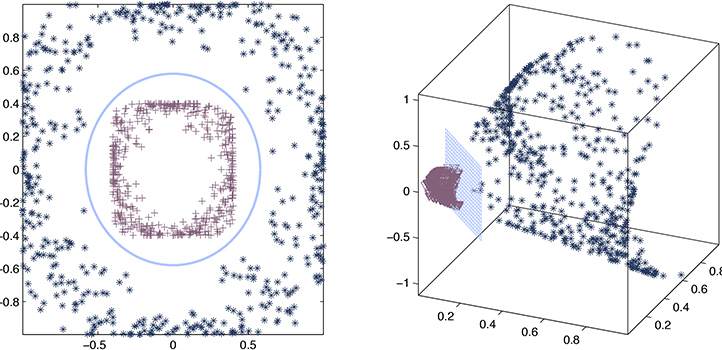
Computer Science
Machine learning tasks using very large data sets can be sped up significantly by estimating the kernel function that best describes the data.

Mechanical Engineering
Modeling the combustion properties of gasoline is driving the search for cleaner fuels.
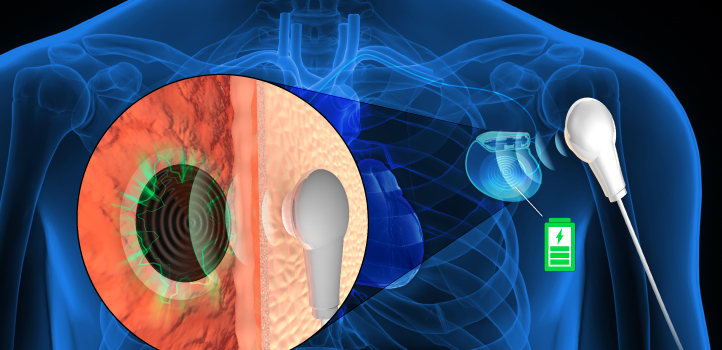
Material Science and Engineering
A way to remotely charge batteries through flesh could help develop components for permanent implantable medical devices.
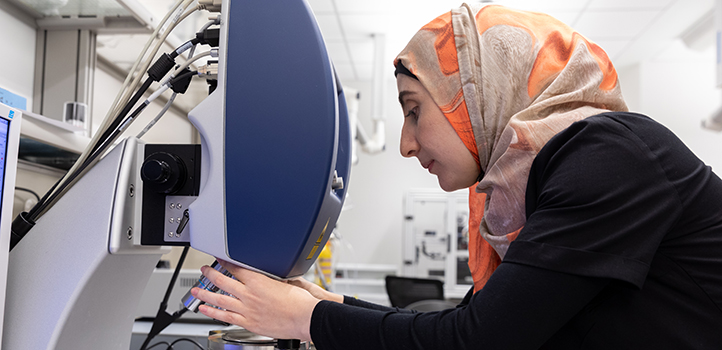
Mechanical Engineering
Variations in the vibrations of beams of silicon create a sensitive way of measuring pressure changes.
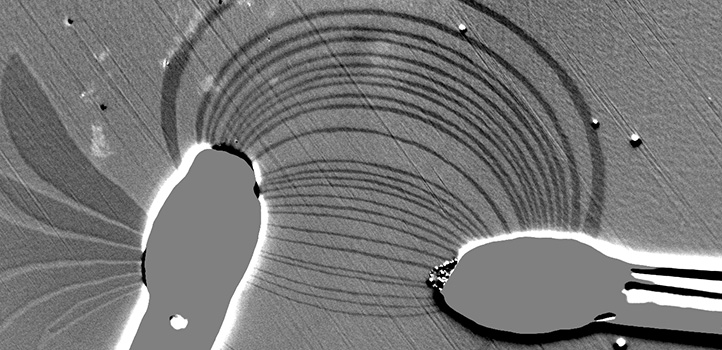
Material Science and Engineering
The flow of an electrical current can be imaged directly using magnetic bubbles.
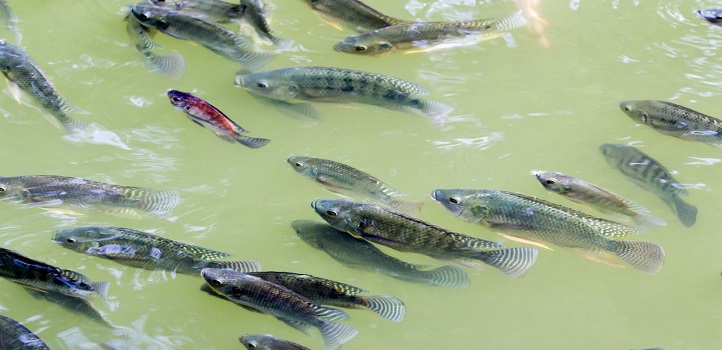
Electrical Engineering
A self-powered water quality sensor could help fish farmers to monitor pollution in their ponds remotely.
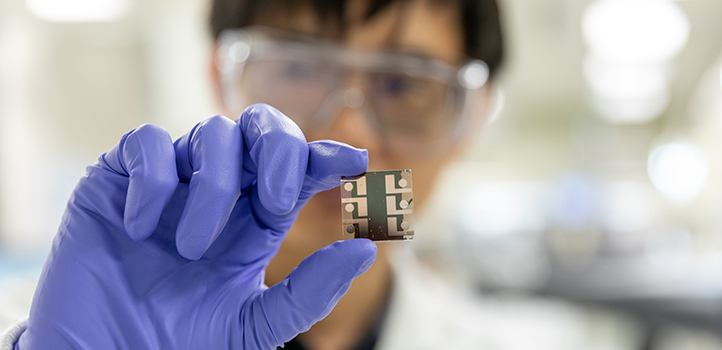
Material Science and Engineering
Unconventional perovskites with an inverted structure see a leap in efficiency and longevity with an amine-based additive.

Statistics
A universal high-performance computing interface allows popular statistical tools to run efficiently on large geospatial datasets.
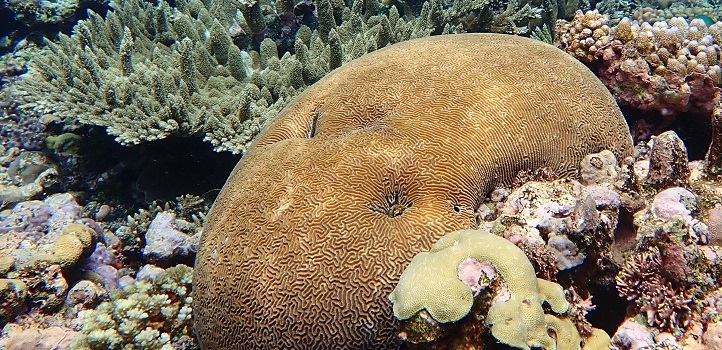
Marine Science
First evidence that animal DNA methylation patterns can be passed to the next generation.

Chemistry
More efficient photocatalysts could unlock the potential of solar energy.

Environmental Science and Engineering
Carbon dioxide bubbles could be a fast and environmentally friendly way to unclog seawater filters and keep the supply of drinking water flowing.
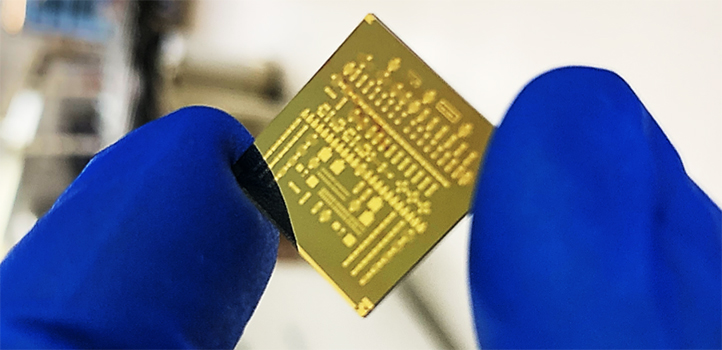
Material Science and Engineering
A simple, cost-effective technique uses solution-based printing to make better ultrathin transistors.
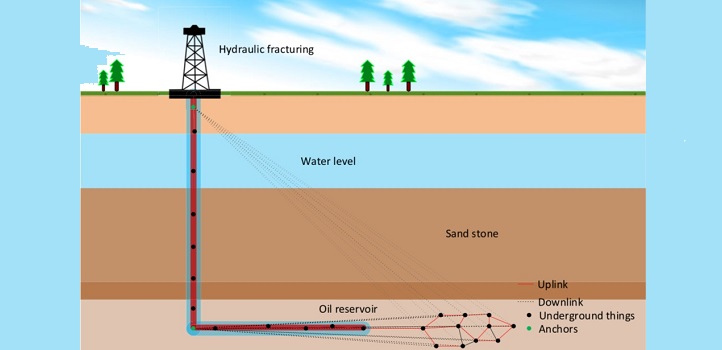
Electrical Engineering
Pinpoint mesh of smart underground objects could give real-time 3D readout of fossil fuel reserves.

Computer Science
For a communications revolution, 6G development needs more human-centric research.

Applied Physics
Extremely thin strips of phosphorus may help engineers to fabricate nanoscale transistors with atomically perfect structures.
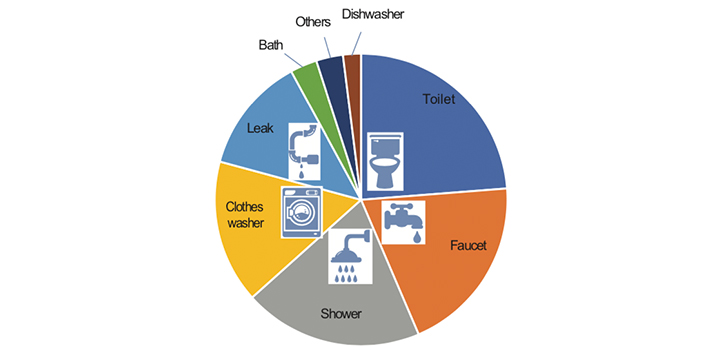
Environmental Science and Engineering
With about half the world’s population living close to the coast, using seawater to flush toilets could be possible with a salt-tolerant bacterium.

Earth Science and Engineering
Simulations reveal unexpected connections in the Red Sea basin that could help marine conservation.
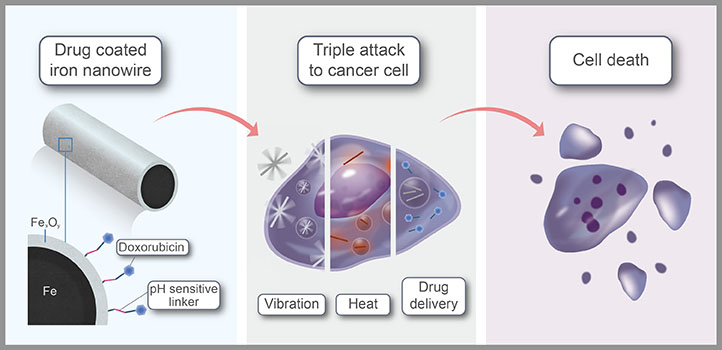
Electrical Engineering
Multifunctional iron nanowires selectively obliterate cancer cells with a triple-punch combination attack.
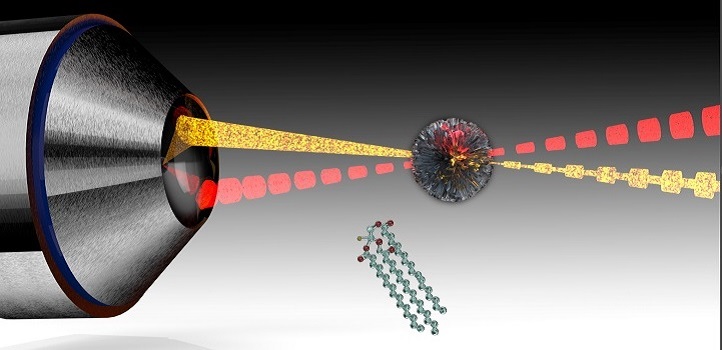
Bioscience
Laser-based microscopes can tune into multiple biomolecular signatures found in cancer cells.
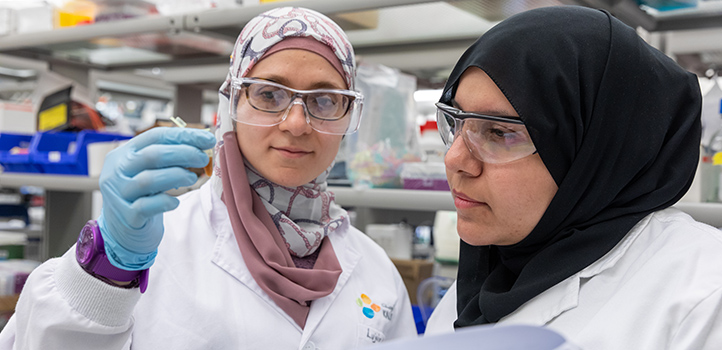
Computer Science
Prediction method could help personalize cancer treatments and reveal new drug targets.

Applied Mathematics and Computational Sciences
A better mathematical understanding of how big waves form could lead to better prediction of tsunami impacts.
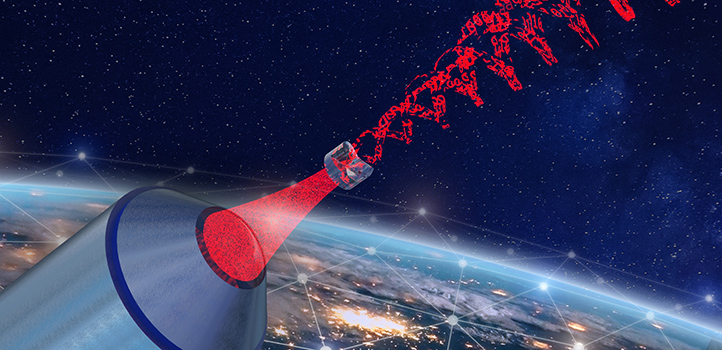
Electrical Engineering
The finding that light can be twisted very precisely may offer fresh options for communications infrastructure.
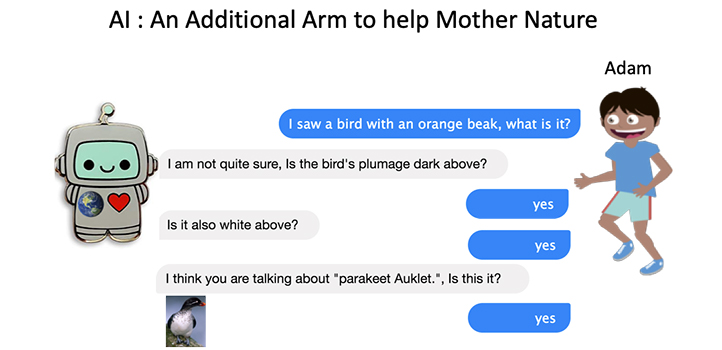
Computer Science
The psychology of human creativity helps artificial intelligence imagine the unseen.